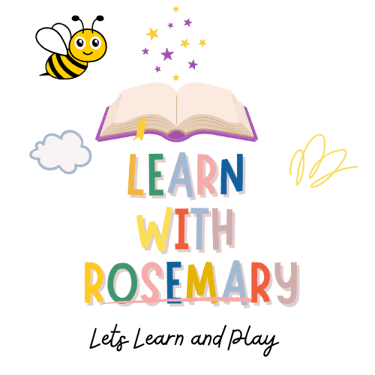Unlock savings on educational resources today!
Effective Strategies for Teaching Phonics to Kindergarteners
6/14/20252 min read


Understanding Phonics in Early Education
Phonics is an essential component of early literacy education, especially in kindergarten. At this developmental stage, children are beginning to recognize letters and sounds, which lays the foundation for reading. Teaching phonics effectively can enhance their reading skills and give them the necessary tools to become proficient readers. In this article, we will explore three practical tips for teaching phonics in a fun and engaging way.
1. Incorporate Multi-Sensory Activities
Young learners benefit from multi-sensory approaches that engage their different senses. By incorporating visual, auditory, and kinesthetic learning techniques, you can make phonics lessons more enjoyable and effective. For instance, use colorful flashcards featuring letters and associated images to capture their attention. Encourage students to trace letters in sand or use finger paint to form letters, reinforcing their motor skills while learning phonics. Singing songs that highlight letter sounds, such as the “Phonics Song,” can also create auditory engagement, making the learning process lively.
2. Build a Strong Letter-Sound Connection
A crucial aspect of phonics instruction involves helping students make connections between letters and the sounds they produce. Start by introducing one letter at a time and ensuring children can associate each letter with its corresponding sound. An effective method is to conduct daily letter sound activities, where you display a letter and ask students to think of words that begin with that letter sound. This not only reinforces their understanding of phonics but also expands their vocabulary. Games like “I Spy” can also be integrated, where teachers say, “I spy with my little eye, something that starts with the letter /B/,” prompting children to identify objects in the classroom.
3. Use Literature to Reinforce Phonics Skills
Incorporating literature into phonics lessons is a powerful strategy for reinforcing skills. Choose age-appropriate books that emphasize phonics and sound patterns. Reading stories aloud can help expose children to the rhythm and sounds of language, as well as improve their listening skills. After reading, engage students in discussions about the characters and plot to enhance comprehension. Furthermore, consider using interactive phonics books where children can follow along and identify phonetic elements. These activities will not only promote a love for reading but also strengthen their phonics skills in a meaningful context.
In conclusion, teaching phonics to kindergarteners should be an engaging experience that makes learning both fun and effective. By employing multi-sensory activities, building strong letter-sound connections, and using literature strategically, educators can help young learners develop their phonics skills. Remember that patience and encouragement are key elements in a child’s learning journey. With thoughtful planning and implementation of these strategies, you will nurture confident readers ready to explore the world of words.
